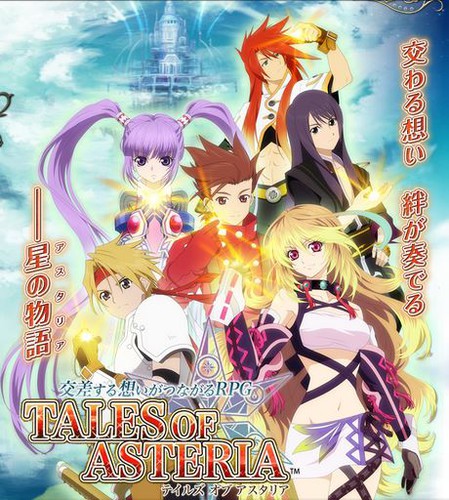
Namco Bandai Games unveiled its newest title in its Tales of RPG franchise, Tales of Asteria, on Monday. The “RPG that ties together intersecting feelings” will be released this spring for smartphones via the App Store and Google Play store, and will be free-to-play with in-game content available for purchase. Namco Bandai Games also began streaming a teaser promotional video for the game, which will contain an completely original story:
The word “Asteria” means “story of stars,” according to the game's official website, which also opened on Monday. The website is currently accepting pre-registration for the game, and those who register early will be given a double chance to receive a Milla card and one more character card for use in the game. However, as of press time, Namco Bandai has halted registrations in order to perform maintenance.
As previously reported, Do as Infinity will perform the game's theme song, “believe in you.”
Source: http://www.animenewsnetwork.com/news/2014-02-17/tales-of-asteria-mobile-game-unites-tales-of-characters-this-spring












